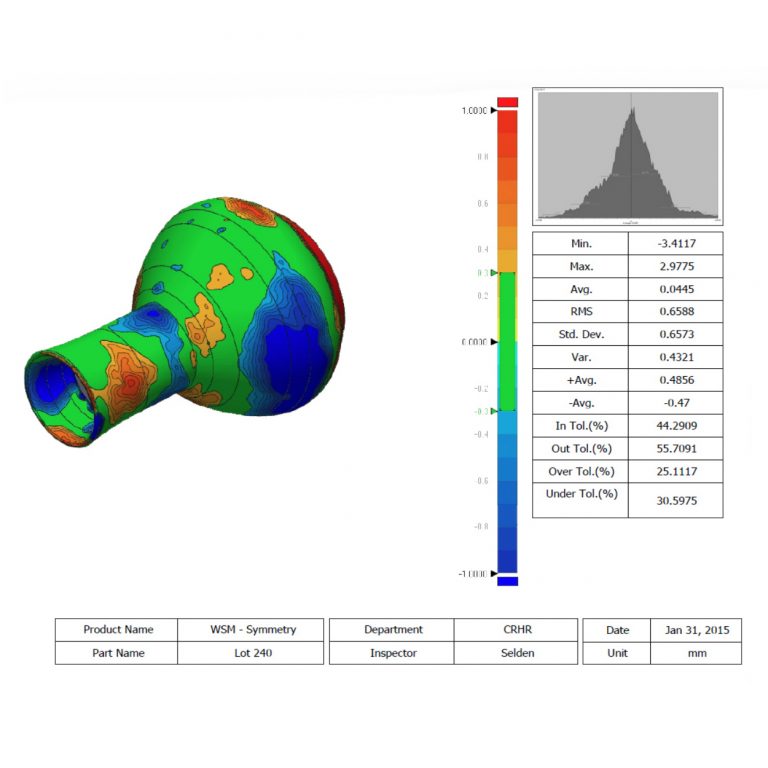Anahuac National Wildlife Refuge
The Heritage Research Center houses a community of scholars and researchers who investigate and document natural and cultural heritage. The National Historic Sites project allowed several of our student workers to travel to various state parks and national wildlife refuges. The students included Mary Piro, Sophia Savage, Haley Garrelts, and Brandon Howell. This blog post series strives to call awareness to the conservation of state parks and national wildlife refuges. We went to six parks and refuges: Mission Tejas State Park, Caddo Lake State Park, Martin Dies Jr. State Park, Sea Rim State Park, Trinity River National Wildlife Refuge, and Anahuac National Wildlife Refuge. We asked the rangers a series of questions, including why parks and refuges should be preserved and conserved. Another personal favorite was our final question “what are the park’s or refuge’s myths and legends?” These questions gave us an inside look at the parks and their inhabitants. This project was created to show the importance of conserving and protecting our natural lands.
Anahuac National Wildlife Refuge was the first of its kind that we visited on our trip through East Texas. Located outside Houston near the Bolivar peninsula, the federally owned refuge is free to the public and offers some of the “best wildlife observations” you can find. The refuge has so many amazing features it’s easy to forget the outside world.
When we talked with Park Ranger Jessica Jia, we learned about the differences between national wildlife refuges and state parks. The biggest difference is that wildlife is the refuge’s main priority, and it has always held this importance. Ranger Jia told us that the official mission of the U.S. Fish and Wildlife Service is “working with others to conserve, protect, and enhance fish, wildlife, plants, and their habitats.” This means they want to make sure that these natural areas are around for generations, and use federal funding to ensure their preservation. However, they don’t protect these places just for people’s enjoyment, they do it out of necessity for the animals. For example, birds have their feeding grounds there as they continue their 10,000 mile journeys.

Photo taken by Norman Welsh, and found on Anahuac National Wildlife Refuge’s Facebook page
Anahuac hosts 37,000 acres of coastal marsh and prairie along with many types of plants and animals. The landscape is drenched in cord-grasses and historic prairie plants that bloom in the spring. Ranger Jia stated that her favorite flora are the few stands of live oak that attract a variety of songbirds. She also told us about the animals that inhabit the refuge. She said that their most iconic animal is the American Alligator, which is a favorite on the auto-tour loop.
When asked why conservation and refuges are important, Ranger Jia said that, unlike humans, animals don’t have a voice to protect themselves. She told us that, when it comes down to it, we need to use our resources wisely to protect not only our children, but also the planet itself.
Anahuac is a beautiful ecosystem where you can find the peaceful companionship of nature. While it is just about three hours from Nacogdoches, it is worth the trip!



